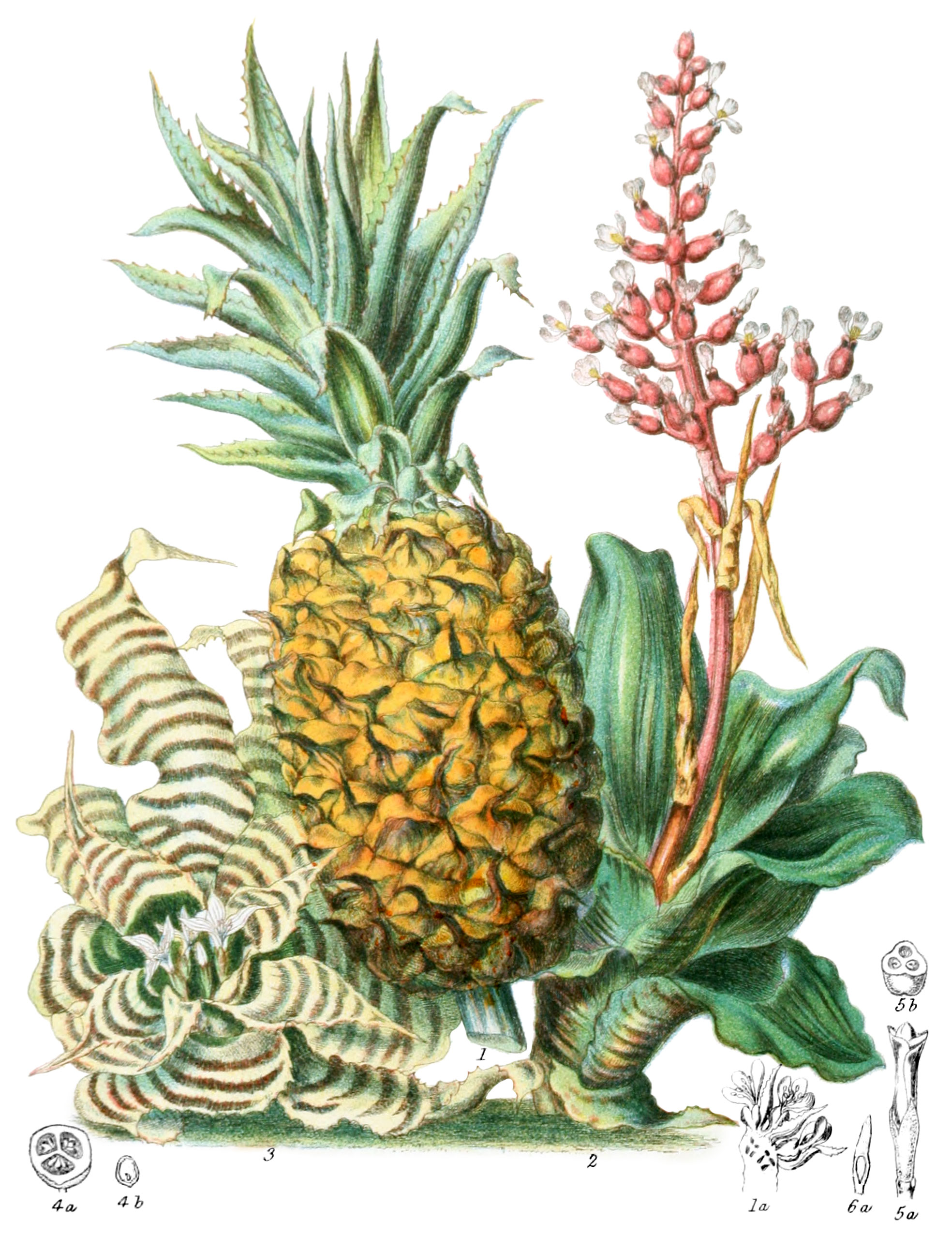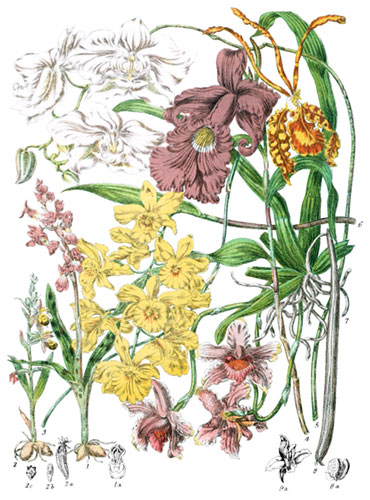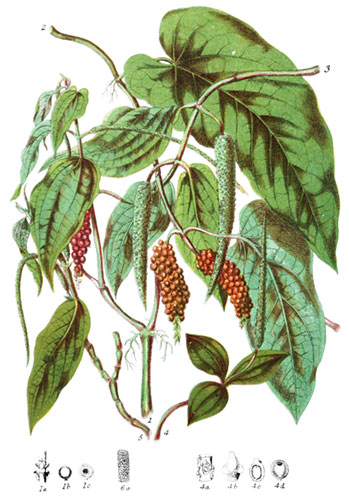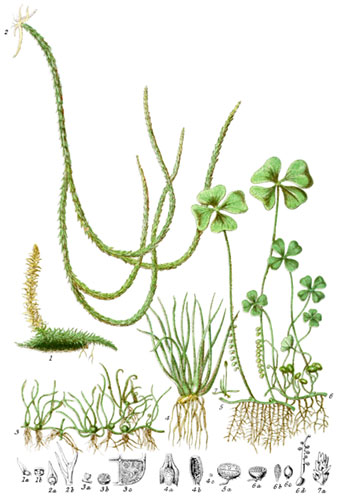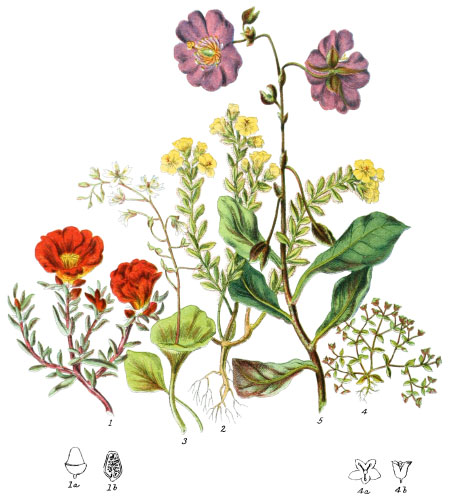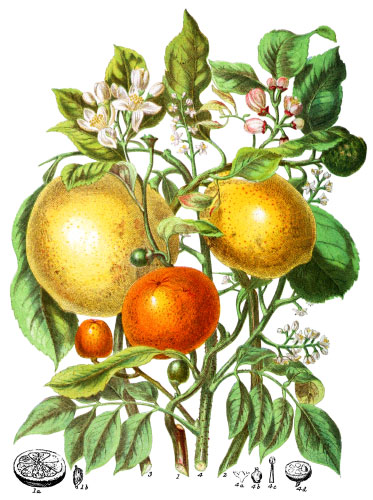Key characteristics
Plants without a stem, or with a very short stem; some are parasitic; the leaves are stiff, fleshy, channelled, often covered with scales, and spiny at the edges and point. The flowers are on branching stalks or in panicles. The calyx is three-parted, or tubular, not withering, more or less cohering with the ovary, usually herbaceous, and sometimes coloured. The petals are coloured, withering or falling off, equal or unequal. The stamens are six, inserted into the tube of the calyx and corolla: the anthers often inwards. The ovary is three-celled, the style single, the stigma three-lobed or entire, sometimes twisted. The fruit is a capsule, or succulent, three-celled, many-seeded; the seeds are numerous, with a leathery skin, or tapering into a slender thread; they contain mealy albumen.
This Tribe has affinity with Amaryllidaceæ and Hæmodoraceæ, but is distinguished by the mealy albumen of the seeds.
Healing properties, and colouring juice, exist in some of these plants.
Select plants in this order
Not all plants listed are illustrated and not all plants illustrated are listed.
- Bromelia was named by Linnæus in memory of a Swede, who wrote on plants in the seventeenth century; Ananas, the general Continental appellation of the Pine-apple, is derived from the name of the fruit in Peru, its native country.
- Bromelia Ananas (1) is acknowledged to be the finest of all fruits; it was introduced into Europe about two centuries ago, and first cultivated in Holland; thence it was brought to England; and the first fruit is said to have been grown in a garden at Richmond in 1715. It was afterwards dispersed in all European countries, and cultivated in all the chief cities as a very choice fruit: in the south of Spain it ripens in the open air in sheltered situations. In the East and West Indies it is much grown, and since the intercourse with the latter islands has become frequent and regular, considerable importations are received during the summer months. In the Tropics the plants rise to the height of four feet; Magellan, in his voyage round the world, found the fruit abundant and delicious in the Moluccas. An English officer in the late Burmese war, thought the finest Pine-apples he ever tasted, were those gathered by the soldiers in the forests at Rangoon. The fruit consists of a swelled and ripened mass of flowers, one of which grows at the base of each leaf; as the flower-buds enlarge, they abstract juice from the leaves til they are reduced to mere bracts, and thus the whole is consolidated into the juicy pulpy fruit. The crown is the upper tuft of leaves, a continuation of the plant after the flower-buds cease In Singapore the fibres of the leaves are manufactured into fine muslin.
- B. pinguin in its wild state bears a small acid fruit (4),* used medicinally in the West Indies; this species grows parasitically on trees in Brazil, spreading over a space of twelve feet, and covered with mosses and other small plants.
- Æchmea discolor (2) is one of the most beautiful plants of this Tribe, introduced lately from Brazil; it forms a brilliant addition to the conservatory, the coral-like branches remaining long in flower.
- The most striking genus, when seen in its native countries, is Tillandsia; some species grow parasitically on trees in Peru and Brazil, almost concealing them with thin masses of pale grey foliage and spikes of bright flowers.
- T. usneoides clothes the trees in many parts of Tropical America with its long silvery branches and leaves, in the same manner as the Lichen Usnea hangs like a grey beard on the Firs of the Alps. Another kind ascends into the temperate climate of the mountains of Mexico.
- T. acaulis (3) is well adapted for cultivation amongst our exotics, being of more lowly form; the leaves are hollowed at the base, and retain rain and dew in sufficient quantity to be valuable to travellers in the season of drought.
- From the spike of Puya languinosa flows a transparent gum; P. chilensis yields a juice found useful in healing wounds in Chile.
- From the root of Bilbergia tinctoria a yellow dye is obtained in Brazil.
- Several species which can exist without earth are used to adorn balustrades and balconies in South America, scenting the air with their delicious fragrance.
Locations
All the plants of this Tribe are natives of America, whence they have extended eastward; and many have become indigenous on the west of Africa, and in the East Indies.
Legend
- Bromelia Ananas, Pine apple. Peru.
- Flower.
- Æchmea discolor, Brilliant Æchmea. Brazil.
- Tillandsia acaulis, zebrina, Zebra-leaved Tillandsia. Rio Janeiro.
-
- B. Penguin. Section of Fruit.
- Section of Seed.
-
- B. fashiosa. Flower.
- Section of Ovary.
-
- Seed of Pitcairnia ringens.
*4 was mentioned in the original description but only 4a was illustrated.
Explore more
Posters
Decorate your walls with colorful detailed posters based on Elizabeth Twining’s beautiful two-volume set from 1868.
Puzzles
Challenge yourself or someone else to assemble a puzzle of all 160 botanical illustrations.
